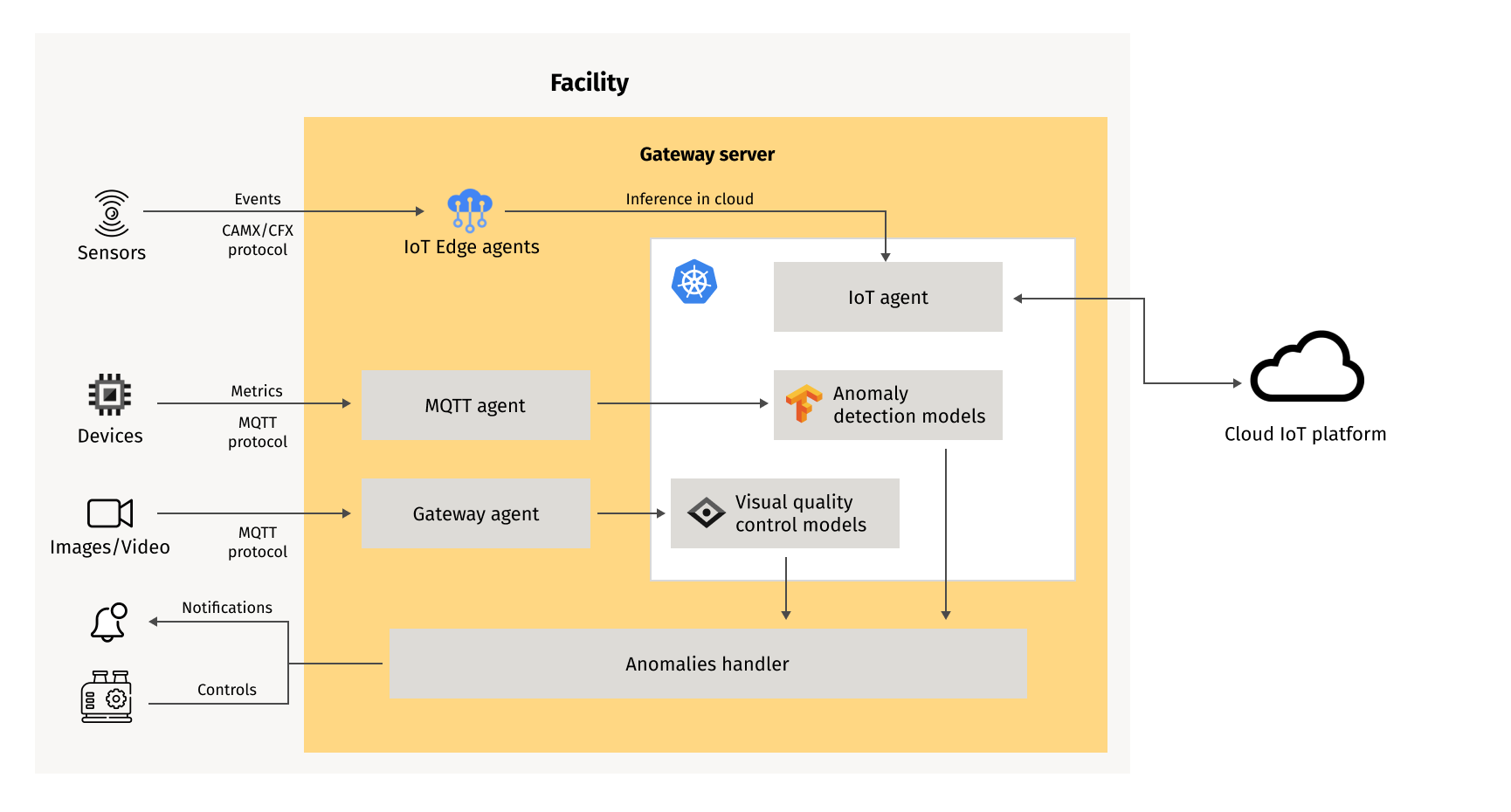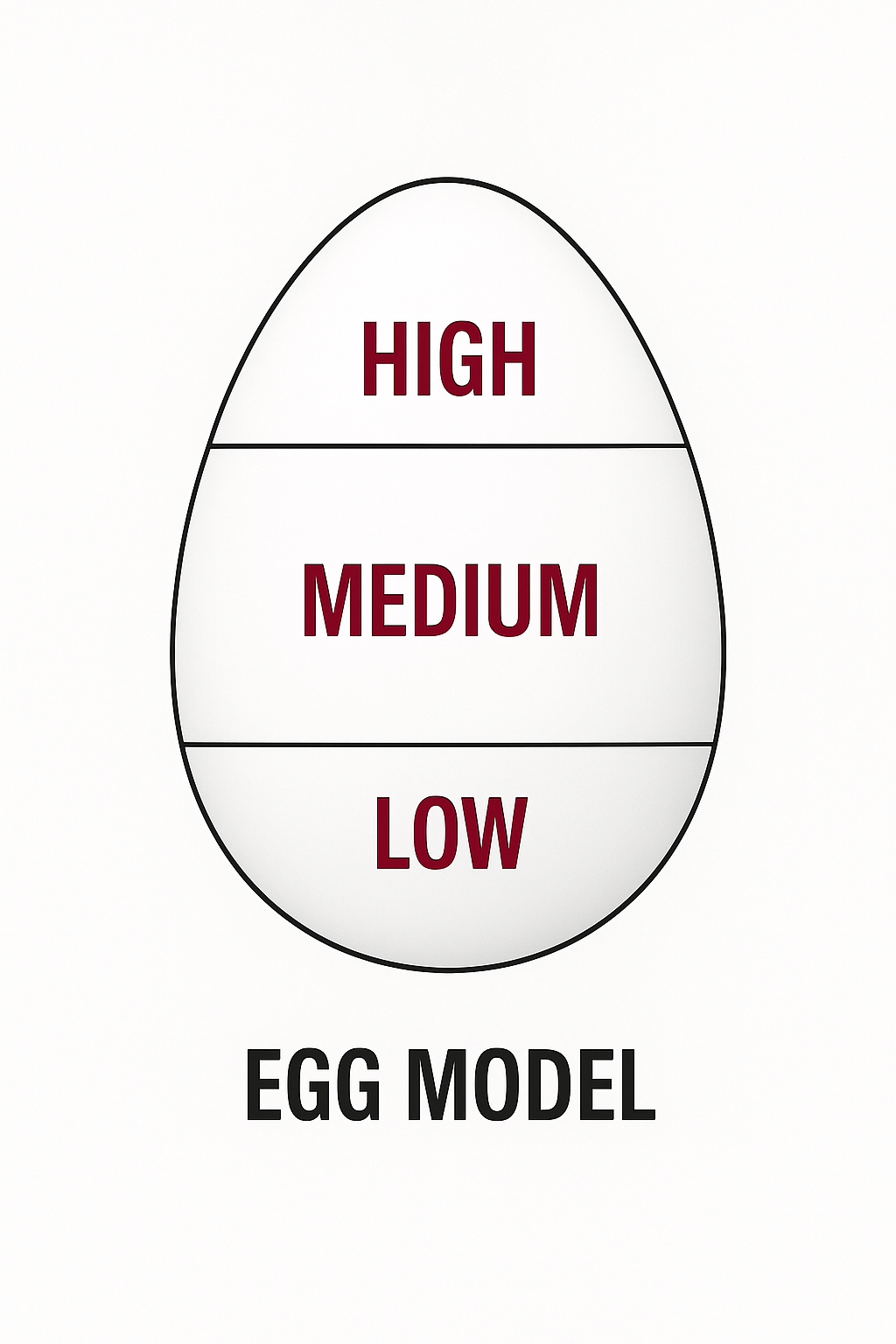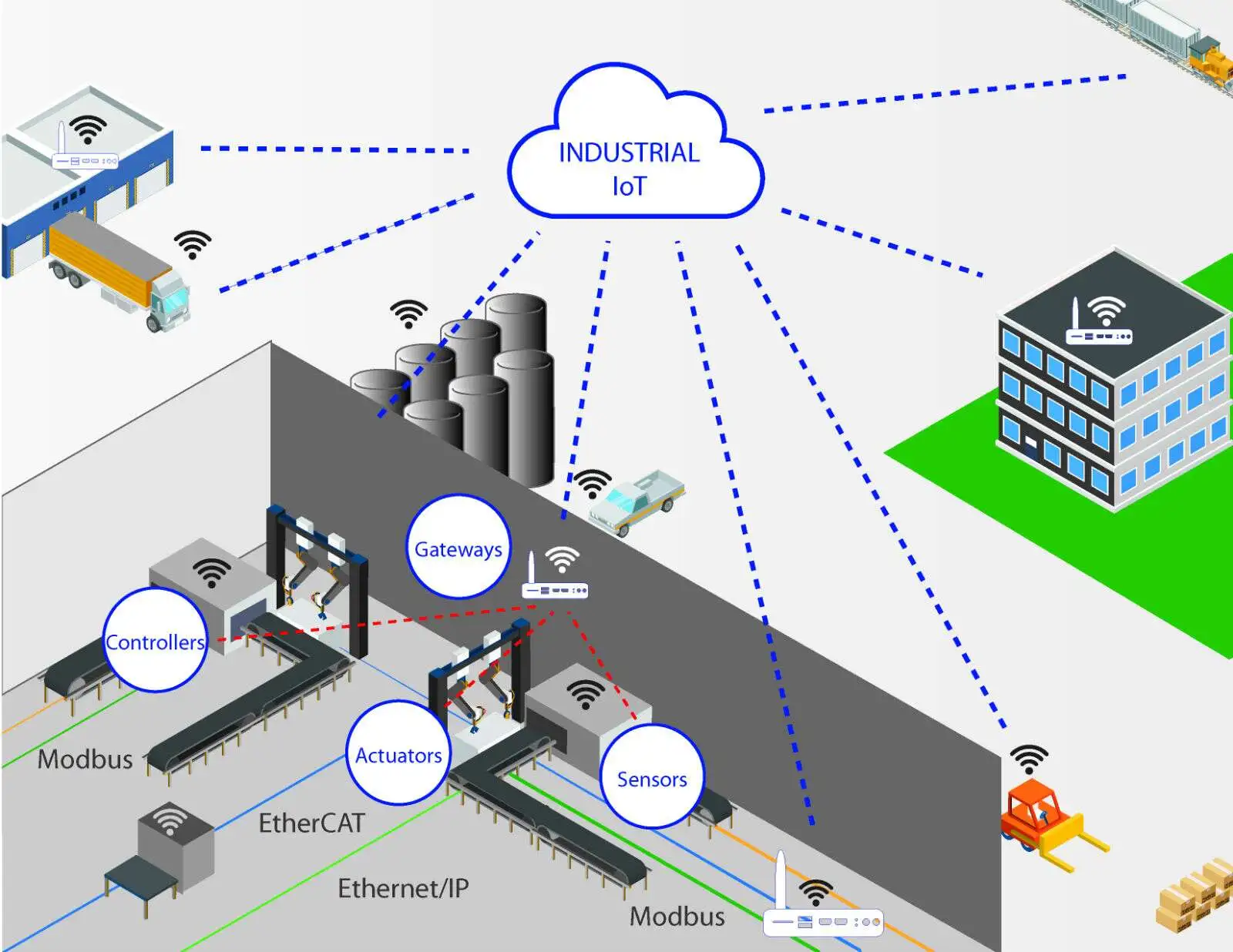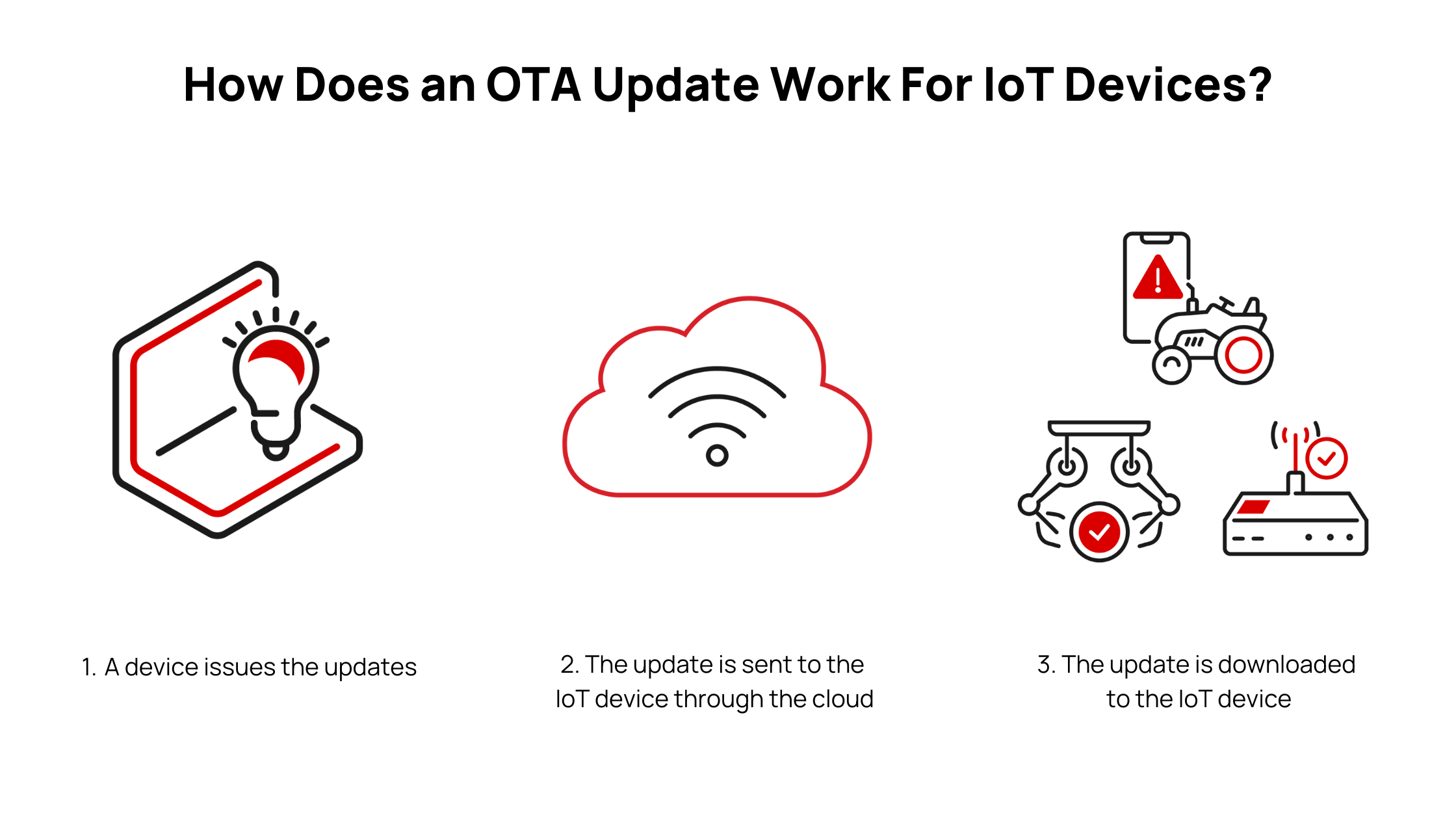Overview
As more vendors build connected products, system complexity can grow. In our experience, the primary challenge is not the number of devices but their heterogeneity, security requirements, and diversity across industries. A reliable solution must address the evolving heterogeneity, security, and diversity of IoT devices.
Enterprises and OEMs often need to integrate multiple systems to improve operational efficiency. This requires continuous data collection from many sensors so applications can use that data to support business decisions. To enable interaction between connected devices and business applications, IoT gateways and cloud-based IoT platforms continue to evolve.
Challenges: Connecting IoT Devices to Cloud Services
Although billions of devices are connected today, not all devices can communicate directly with cloud applications or platforms. These devices, often called edge devices, can include hardware sensors, consumer devices, industrial controllers, or other industrial equipment residing on private or potentially proprietary networks. Creating reliable data paths from these edge devices to cloud gateways raises several challenges, including:
- Heterogeneous hardware platforms: OEMs use diverse hardware platforms, involving complex processors, varying memory footprints, efficient power management, multiple sensors, and many other electronic modules, together with embedded software and embedded operating systems. This diversity complicates standardizing connectivity and management.
- Network bandwidth and latency: Many IoT devices transmit data at high rates and can overwhelm available network bandwidth. Robust network topologies are required to support timely device-to-cloud communication. For example, temperature sensors that transmit hundreds of bytes in fractions of a second can generate terabytes of data per month, which may incur substantial data transfer costs.
- Gateway orchestration and data routing complexity: Gateways must handle diverse proprietary network protocols and potential data floods to enable seamless edge-device connectivity. Converting data into a common format while routing it to multiple systems or applications that use different methods or protocols is challenging. Gateways also need to apply rules or orchestration that let applications define which data is actionable and which is redundant based on specific business requirements.
Solution: Building a Unified Cloud IoT Platform-as-a-Service
A cloud-based IoT platform provides integrated technologies that let OEMs and enterprises configure and manage IoT deployments. Such platforms enable connection of a wide range of hardware-based devices, ingestion of terabytes of data, and delivery of processed contextual data to different cloud applications, ranging from proofs of concept to full commercial deployments across industries. Reliability, scalability, and robustness remain important concerns. A complete IoT cloud platform should include the following core capabilities:
- Device connectivity: The platform should support out-of-the-box connections using protocols such as MQTT and AMQP (both via WebSocket) and HTTPS, as well as prebuilt adapters and protocol translation for BLE, Zigbee, Thread, and other protocols.
- Device management: A robust device management framework should configure and register device inventories, track operational status, handle configuration and firmware updates, manage device-level error reporting and remediation, and keep devices and sensors up to date and functional.
- Data ingestion: The platform should ingest many different data formats and types, normalize incoming data, store it, and enable bidirectional data exchange between remote devices and cloud web services. A cloud IoT platform-as-a-service should also allow manufacturers to analyze product performance and end-user experience to inform customer support, reduce support and maintenance costs, offer additional services, and guide future product design.
- End-to-end security: To ensure end-to-end security, the platform should provide layered protection from sensors and hardware through network topology to cloud software. This includes device authentication and verification based on RSA keys, secure WebSocket connections, fully encrypted WLAN sessions, SSL/TLS-based HTTPS, and password-protected access controls. The cloud platform should ensure:
- Only authorized users can access specific connected devices;
- End-user data access is blocked for unauthorized entities;
- Access to cloud data by other cloud tenants is prevented;
- Users' networks are protected from hacking and phishing attempts.
 ALLPCB
ALLPCB








